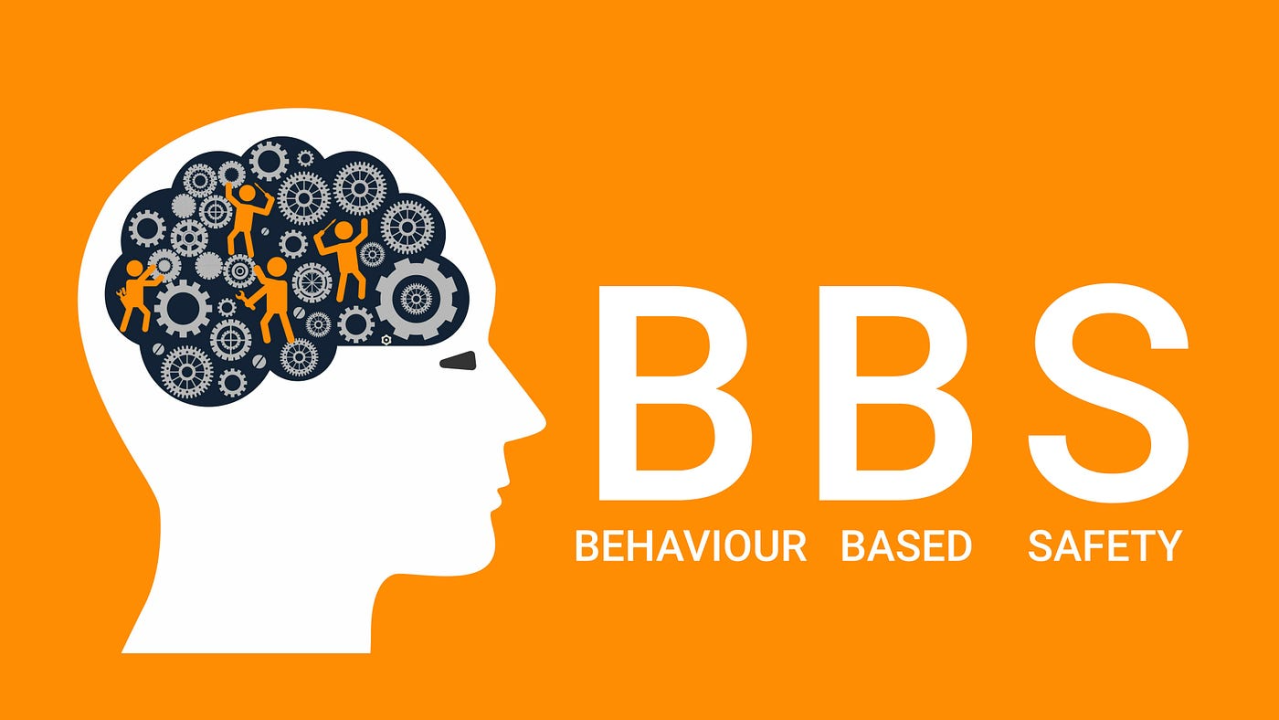Confined spaces are areas that are not designed for continuous occupancy and have limited means of entry or exit. These spaces—such as tanks, silos, pipelines, and tunnels—present unique hazards that can pose serious risks to workers if proper safety protocols are not followed. This article explores the hazards associated with confined spaces and outlines effective control measures to ensure a safe working environment.
Understanding Confined Spaces
Confined spaces are defined by their limited access and egress, which can complicate rescue efforts in the event of an emergency. While not all confined spaces are inherently dangerous, many have potential hazards that require thorough evaluation and specific safety procedures before any work begins.
Common Hazards in Confined Spaces
1. Hazardous Atmospheres
- Toxic Gases and Vapors: Accumulation of harmful substances such as hydrogen sulfide, carbon monoxide, or volatile organic compounds can pose significant health risks.
- Oxygen Deficiency: Low oxygen levels due to displacement by other gases or chemical reactions can lead to asphyxiation.
- Flammable or Explosive Conditions: The presence of combustible materials in an enclosed space can create the risk of fire or explosions.
2. Physical Hazards
- Engulfment: Loose materials such as grain, sand, or liquids can engulf a worker, leading to suffocation or crushing.
- Structural Hazards: Unstable surfaces or the risk of collapse can occur in confined spaces that are not structurally sound.
- Limited Visibility and Restricted Movement: Poor lighting and restricted space can impede safe movement and complicate emergency evacuation.
3. Environmental and Ergonomic Hazards
- Temperature Extremes: Confined spaces may experience extreme temperatures or heat buildup, contributing to heat stress.
- Noise: Elevated noise levels can affect communication and increase the risk of accidents.
- Ergonomic Challenges: Working in awkward positions for extended periods can lead to musculoskeletal strain or injuries.
Effective Control Measures
A. Engineering Controls
- Atmospheric Monitoring: Use gas detectors and continuous monitoring systems to detect hazardous gases and ensure oxygen levels remain safe.
- Ventilation: Implement forced air ventilation systems to circulate fresh air and dilute contaminants.
- Isolation and Lockout/Tagout Procedures: Ensure that all energy sources are isolated to prevent accidental activation of machinery or equipment within the confined space.
B. Administrative Controls
- Risk Assessment and Permit Systems: Before entry, conduct a thorough risk assessment and issue a confined space entry permit that outlines the hazards, required controls, and emergency procedures.
- Training and Competency: Provide specialized training for all workers involved in confined space entry, including rescue and emergency response procedures.
- Buddy System: Require that workers enter confined spaces in teams, ensuring that at least one person remains outside to monitor the situation and call for help if needed.
C. Personal Protective Equipment (PPE)
- Respiratory Protection: Depending on the atmosphere, workers may need air-purifying respirators or supplied-air systems.
- Protective Clothing: Wear appropriate clothing, such as flame-resistant or chemical-resistant gear, to protect against environmental hazards.
- Communication Devices: Use two-way radios or other communication tools to maintain contact between workers inside and outside the confined space.
Emergency Preparedness and Rescue Plans
An effective rescue plan is essential for confined space operations:
- Rescue Equipment: Ensure that all necessary rescue equipment is readily available and that workers are trained in its use.
- Emergency Drills: Regularly conduct emergency drills to test rescue procedures and ensure that all team members are familiar with their roles.
- Clear Communication: Establish reliable communication channels so that help can be summoned immediately in the event of an incident.
Regulatory Considerations
Compliance with national and local regulations is critical for confined space safety:
- OSHA and Other Standards: Adhere to guidelines provided by regulatory bodies such as OSHA, which offer comprehensive requirements for confined space entry, hazard assessment, and rescue operations.
- Documentation: Maintain detailed records of risk assessments, training, permits, and safety inspections to ensure accountability and continuous improvement.
Conclusion
Confined space work carries inherent risks that require a proactive and comprehensive approach to safety. By understanding the unique hazards—ranging from hazardous atmospheres to physical and environmental challenges—employers can implement effective controls through engineering, administrative measures, and the proper use of PPE. Coupled with robust emergency preparedness and compliance with regulatory standards, these strategies help ensure that confined spaces are managed safely, protecting the lives and well-being of workers while maintaining operational efficiency.
Discover more from HSEProHub
Subscribe to get the latest posts sent to your email.



